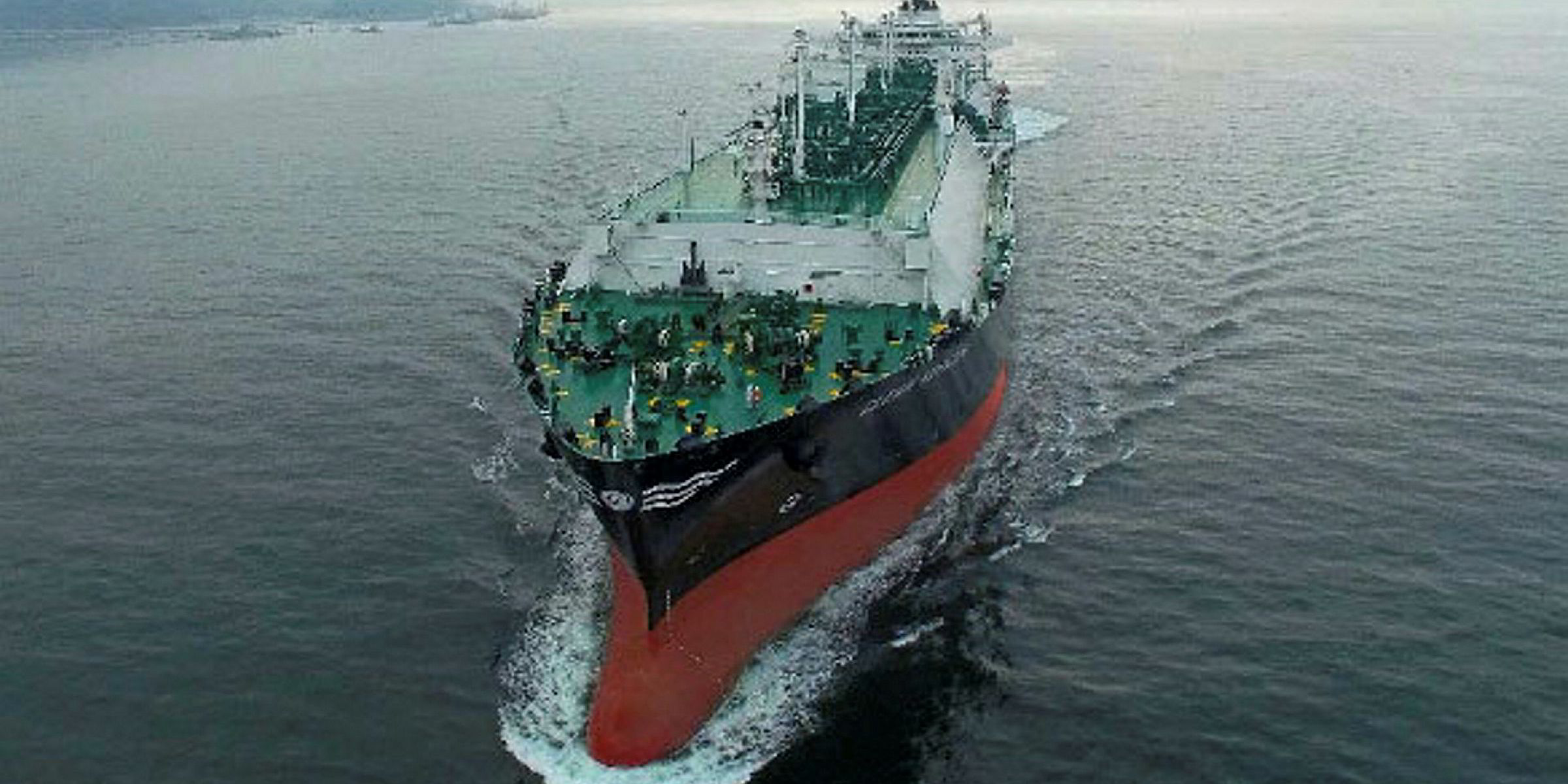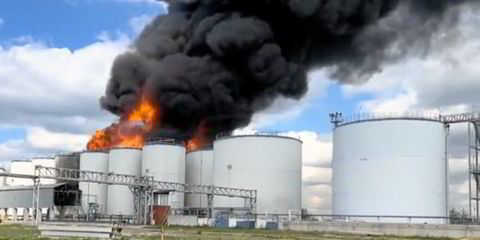The International Gas Union (IGU) has revealed LNG trading reached record levels in 2016.
Business increased 5%, the third consecutive year of growth, the trade body said in its 2017 World LNG Report.
There was "significant growth in LNG supply projects, as well as increases in demand for LNG as a fuel from new and existing markets across the globe,"it added.
LNG trade reached a total of 258m tonnes. The average growth over the previous four years was 0.5%.
It attributed this partly to exports from the US Gulf, as well as the start of commercial operations in Australia Pacific LNG, among others.
"These new projects come about as governments, businesses and consumers become increasingly aware of the advantages of natural gas in the global energy mix, and are encouraging trends pointing to further growth in the LNG market," it said.
The biggest demand came from Asian markets, with China’s LNG consumption increasing dramatically by roughly 35% to 27m tonnes per annum (MTPA).
Japan and South Korea, two of the largest markets, have shown signs of satiation, however, as other forms of energy come to the fore, IGU said.
In Brazil, a resurgence in hydro power has reduced demand for LNG by 80%.
Asian and spot LNG prices reached $9.95 per million British thermal units (MMBtu) by February 2017, due to disruptions to supply and cold winter temperatures, the report said.
This followed a dip in price in the first half of the year to $4.05 MMBtu, primarily due to supply outstripping demand, generating an average Northeast
Asian spot price for 2016 of $5.52 MMBtu.
Global liquefaction capacity reached 339.7 MTPA, including new projects like Sabine Pass LNG, Gorgon LNG and Australia Pacific LNG.
Another 114.6 MTPA of capacity is under construction.
The fleet of LNG carriers grew 7% as 31 newbuildings were delivered.
And IGU believes ships switching to LNG fuel will have a "monumental" impact on emission levels.
“The increased use of natural gas is hugely beneficial to the environment, and subsequently human health, across the globe," said president David
Carroll.
"This year’s World LNG report is extremely promising, and LNG maintains an essential role in expanding access to gas across the globe, acting as a key
pillar in the future energy mix.”




